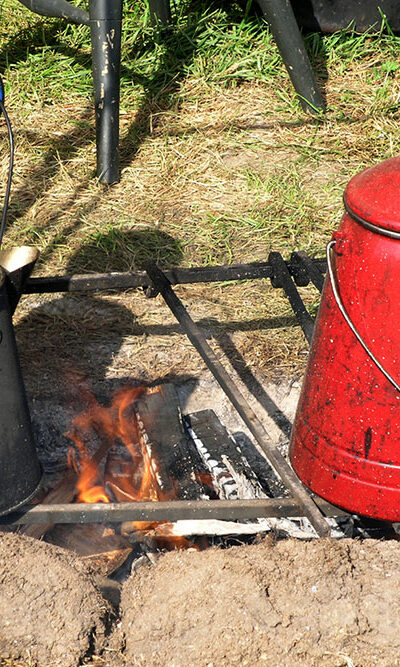
6 interesting facts about long-haul flights
A long-haul flight is any non-stop flight that covers a journey time of 6-12 hours. However, after boarding such flights, one might come across many bizarre experiences, such as food tasting worse than normal flights, losing perception of time, and more. But, even after considering these, long-haul flights are still the box of surprises that keeps on giving. Some astonishing facts about long-haul flights that many don’t know are listed below. Food served onboard contains massive amounts of salt In-flight food is known for tasting worse than regular food. At a high altitude, an individual’s senses of taste and smell are weakened. It makes it difficult for passengers to smell or taste the meals served onboard. This effect is significantly amplified on a long-haul flight. To compensate, the meals on such flights contain large amounts of salt, sugar, and extra fat. Besides making the food much more edible, these elements make in-flight food incredibly unhealthy. Increased risk of falling ill Spending large amounts of time on a long-haul flight can make people vulnerable to airborne diseases. Additionally, several research studies have found that long-haul flights negatively affect the immune system. Therefore, people who fly long-distance frequently tend to fall ill more often. Autopilot does about 90% of the flying It may not seem the biggest surprise, but many people will not be aware of it. Trained pilots only involve themselves during the most critical phases of flight, such as landing, taking off, changing directions, and making emergency maneuvers. For example, if a long-haul flight lasts 15 hours, it will likely fly on autopilot for over 10 hours. Easier to get dehydrated The low humidity and dry air circulating inside the cabin of a long-haul flight can cause dehydration in travelers. Therefore, it is always advisable for flyers to keep enough drinking water in stock.










